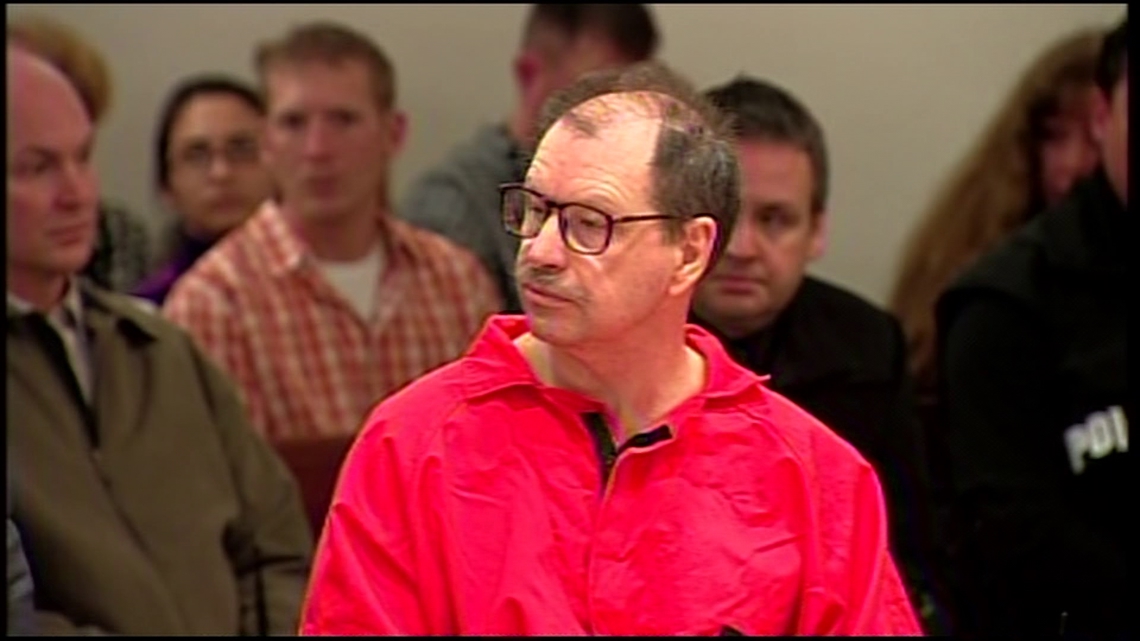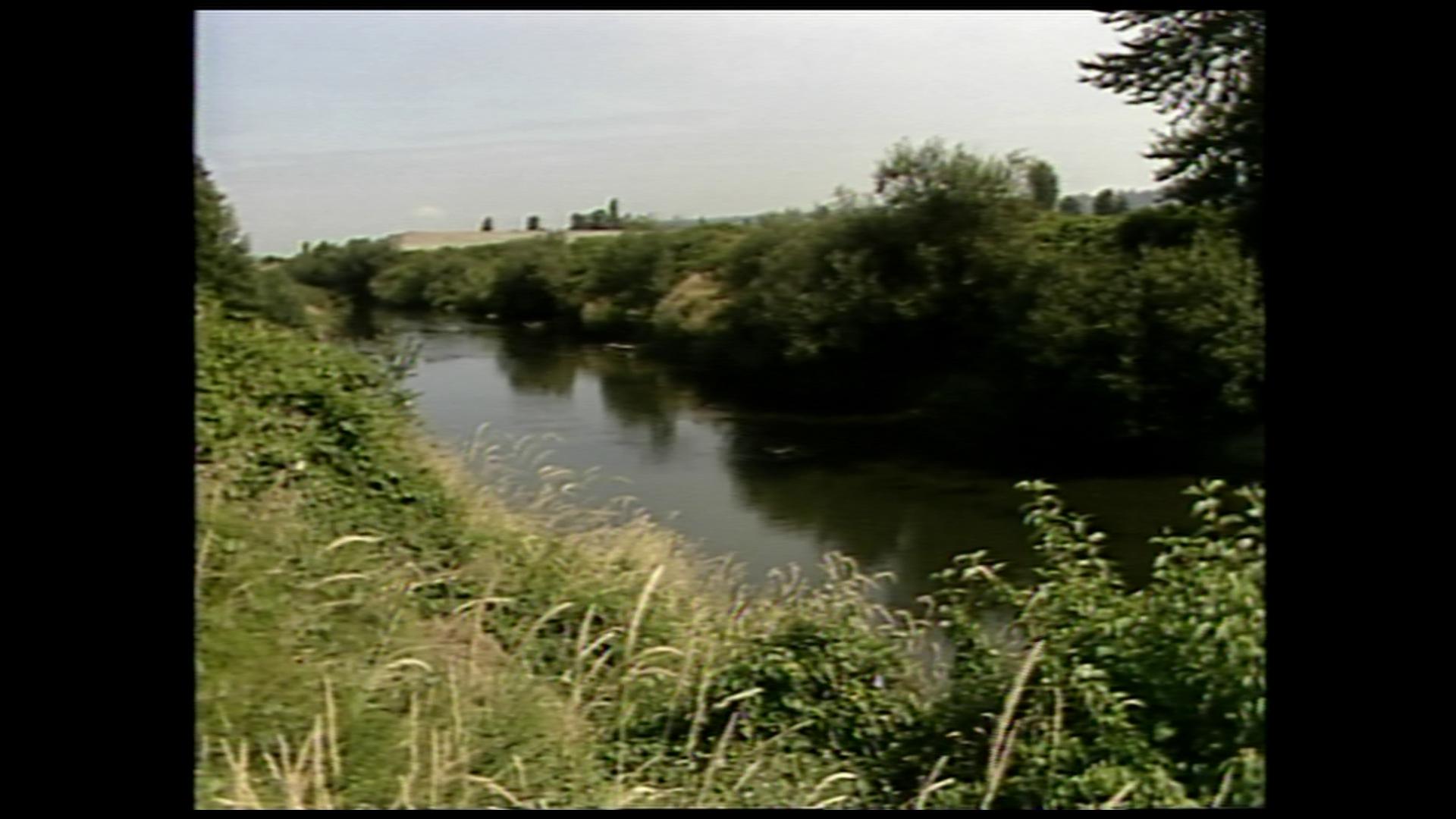WASHINGTON, USA — July 15, 1982, marked the start of one of the longest and most infamous criminal investigations in our region’s history.
Forty-two years ago today, the body of 16-year-old Wendy Lee Coffield was found in Washington’s Green River. She would be the first victim of Gary Ridgway, the Green River Killer, to be discovered.
In the approximately 40 years that followed, the remains of 48 other women and girls would be discovered and identified. The final victim officially connected to Ridgway was identified in January.
Ridgway terrorized the Pacific Northwest for decades until his eventual arrest in 2001. He targeted young, vulnerable women and girls. Many of the victims were prostituted people or young girls who ran away from home. Much discussion of the crimes at the time seemed to place blame on the victims themselves, whether intended or not.
Who were they really?
'Nobody seemed to be thinking that it was strange that they were referring to them almost as if they deserved what they got'
Carolyn Ossorio was about 10 years old when the first victims were discovered in the Green River. She is an investigative journalist and released a podcast called "The Shadow Girls" with producer Branden Morgan, which is also being turned into a documentary. Their main focus was to shed light on the lives the women lived.
When Ossorio was going through boxes of case files, an image from Wendy Lee Coffield's case caught her eye and still sticks with her to this day.
"Just going through her file and reading about her life and seeing these algae-crusted James jeans, which, when I was a kid, I had a pair of those jeans," Ossorio said. "There are some things that just connect you, for whatever reason. It can bring tears to my eyes actually just thinking about it as I visualize those jeans and just how she was killed."
Coffield was discovered with that pair of James jeans tied around her neck.


Reading further into her case, Ossorio saw many similarities between herself and Coffield. They both grew up in a suburb of Seattle in low-income housing and were raised by a single mother. The victims were people who went through hardships and had goals, social lives and people who cared about them. But when Ossorio thought back to her childhood, she did not remember hearing them described as such.
"I kept seeing these 'bad girls' like they, you know, intimated through the language they were using," Ossorio said. "Even though I was a little girl, it was very obvious, but I didn't really talk to anybody about it, because it's like, I didn't even have the words to say what's going on here because nobody seemed to be thinking that it was strange that they were referring to them almost as if they deserved what they got."
Case still impacts Pacific Northwest today
Forty-nine women and girls from western Washington and the surrounding area had their lives cut short. The gaps they left are still felt by their loved ones today. In that way and others, it left a long-lasting impact on the Pacific Northwest.
All 49 victims are shown below:
Many books and movies have been written about the case, and lots of people can recount their personal connections to it or recall where they were when they heard about breaking updates in the case.
But the notoriety of the case highlights a complicated legacy for Washington law enforcement.
"There's one way you could look at it, where it's like the perseverance of Seattle PD, they didn't give up, they took 20 years," Branden Morgan said. "Great. And they got him. The other side of it is it took you 20 years to get him. Okay. And why is that?"
Along with missed evidence and a lack of modern technology, society's view of sex work and prostituted people did not help.
"That was a massive, just systemic failing on the part of law enforcement and media and the country that kept this guy in the streets for a long time," Morgan said.


Case timeline
Ridgway started killing young girls and women in the early 80s and continued through the 90s, even when he was a suspect on law enforcement's radar.
He was first questioned in 1983 when he was seen picking up a prostituted person, 18-year-old Mary Jane "Marie" Malvar, in his truck. Unbeknownst to Ridgway, someone Malvar knew was watching the interaction and when she never returned to her home, police were led right to Ridgway. However, when asked if he knew Malvar, he said he did not. The police didn't have enough to charge him at that time. Her skeletal remains would be found decades later, in September 2003.
Detectives were unable to prove his role until 2001, when advancements in DNA technology allowed them to link a saliva sample they had obtained from him in 1987 to semen found on several victims. In 2001, he was charged in the deaths of Marcia Chapman, Opal Mills, Cynthia Hinds and Carol Ann Christensen.
In exchange for the prosecutor not seeking the death penalty, Ridgway pleaded guilty to the 48 murders he was charged with in King County in June 2003. Then, he pleaded guilty to the 49th charge in February 2011 for the 1982 killing of 20-year-old Rebecca Marrero. He received his 49th life sentence.
Ridgway claimed responsibility for dozens of other crimes, but none have been definitively linked to him.
He is now 75 years old and will spend the rest of his life at the Washington State Penitentiary in Walla Walla.

